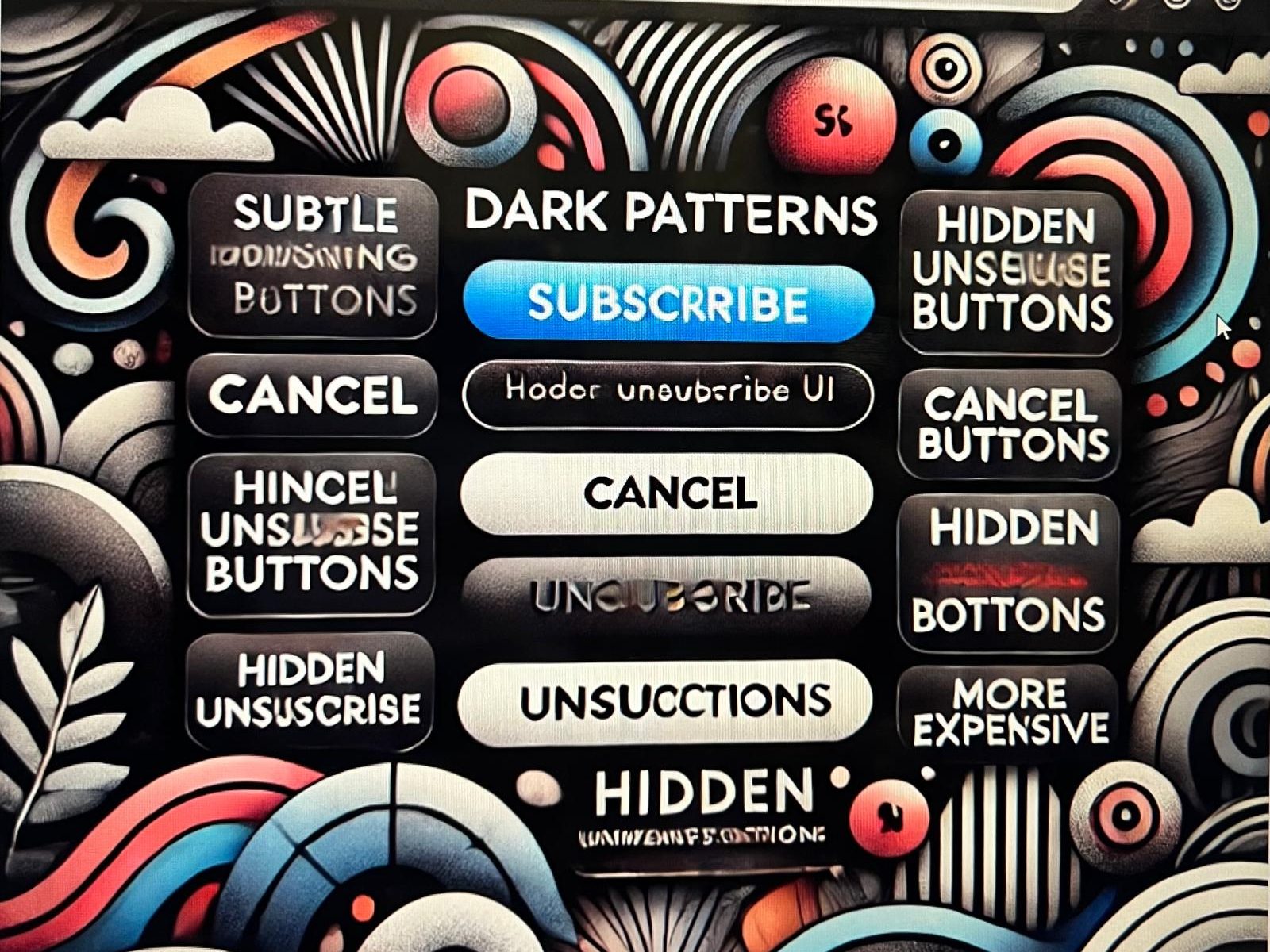Sally Woellner reveals the world of dark patterns in her revealing TEDxSydney presentation-those manipulative strategies in design which fool users into decisions beneficial for businesses yet detrimental to consumers. These subtle yet powerful strategies employed by a great deal of companies are meant to confuse and therefore take advantage of the user to sustain unwanted subscriptions or even subscriptions that share unwanted data.
Why Dark Patterns Are Harmful
Dark patterns are not only annoying, but also unethical. They take advantage of human psychology in order to lead users through specific actions that are not good for them. In Google Workspace’s free trial sign-up, it pushes users toward expensive business plans while burying cheaper options several clicks deep and hard to find. Such manipulative usages play on assumptions that services will always present clear honest choices.
According to Woellner, dark patterns violate informed consent: people often don’t even recognize that they’re agreeing to something that will cost them more time, money, or data. This is particularly destructive to trust because, in today’s digital landscape, users trust that online services are designed to make their lives easier, not more confusing.
Dark patterns kick in with how the human brain works by exploiting either cognitive biases in decision-making or a fear of loss. Another very famous example concerns the so-called “Roach Motel,” a sort of dark pattern where it is really easy to get signed up for something while cancellation of services is purposefully devised to be made particularly difficult. Users get subtly coaxed into keeping subscriptions no longer desired since processes for cancellations are hidden or confusing.
This is a willful exploitation, building frustration long-term and eroding trust. It wasn’t by accident; this is an engineering strategy of businesses to jack up their revenues by leveraging users’ vulnerabilities-arguably one of the most poignant points of the Woellner TED Talk.
Dark patterns exist in that gray area of legality and this has been subjected to little intervention by any existing regulations. Slowly, growing awareness has turned into demands for more strict rules and greater accountability. While the General Data Protection Regulation is leading the charge in Europe with enforcement of transparent consent for the collection of data, dark patterns remain a problem throughout the world.
What is needed is the advocacy of design principles, which are derived from ethics, putting user trust and transparency foremost. That is where regulation should step in: it is time to make it impossible for businesses to take users for a ride behind the mask of creative design. Ethical guidelines are not going to hamper innovation; rather, they can introduce a much healthier and fairer, transparent digital atmosphere.
It is a rejection of using dark patterns, from businesses to consumers, in design. Designing has to be for transparency and not for the art of hoodwinking. As was pointed out by Sally Woellner in TEDx, ethical design is not only good for the user but also for business in the long run. Once lost, trust is hard to get back. By insisting on responsibility, instead of businesses churning for a quick profit, we can have a responsible and ethical digital world serving all of us.
If you’re interested in learning more about dark patterns and just how they screw users, have a gander at the Deceptive Design Hall of Shame for some damning real-world examples.

